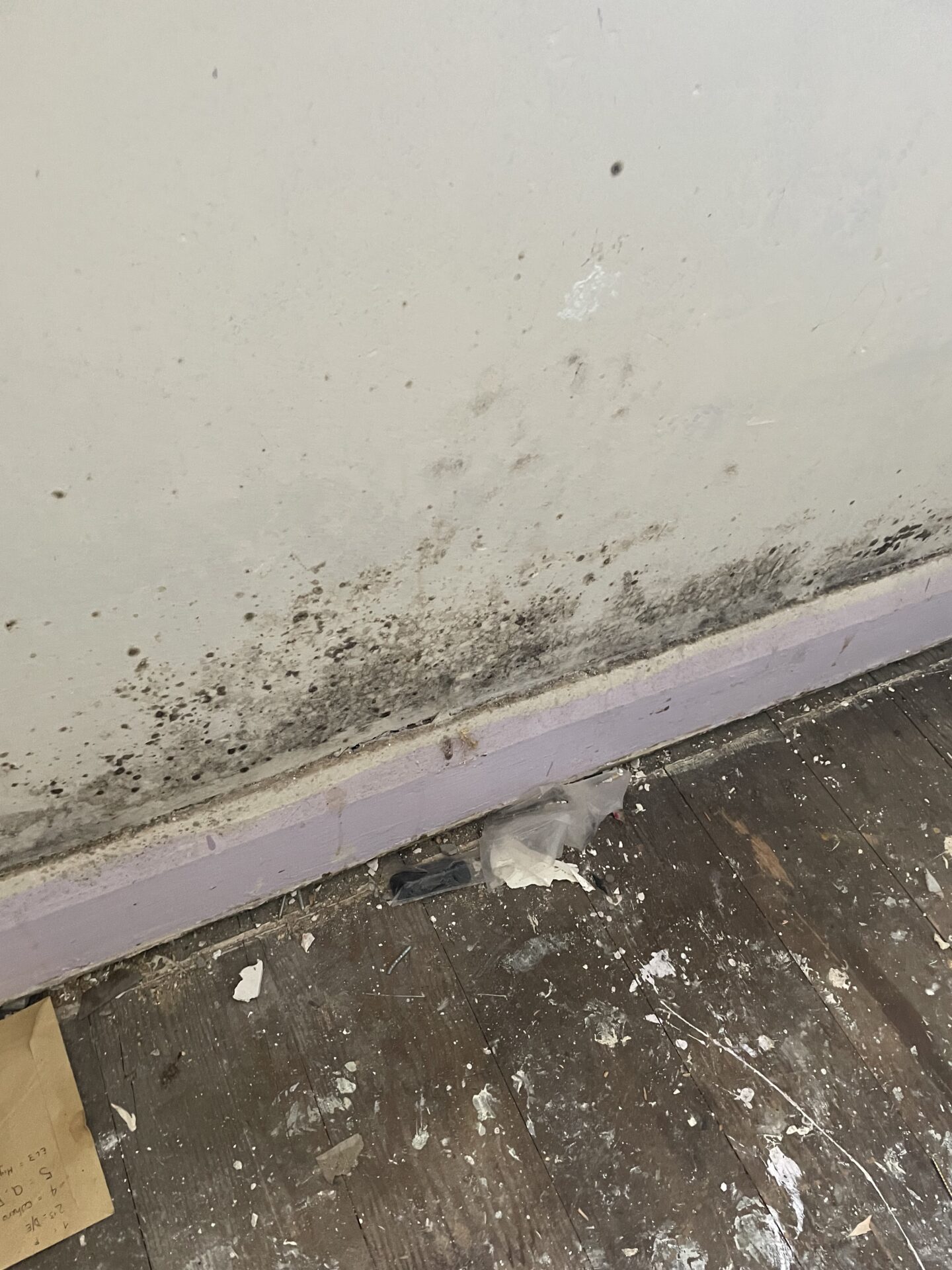It’s that time of year again. The temperatures outside are dropping and we’re closing our windows and doors more. All this causes an increase in condensation.
Condensation is a big cause of damp in homes.
Condensation is formed when the air in the property reaches it’s dew point. The dew point is when the air is cooled to such a point that it becomes saturated with moisture and this moisture can’t be held as gas any longer, at this point dew is formed.
When dew is formed the proportion of moisture in the air, relative humidity, reaches 100%.
Think of a window in winter. The window is cold due to the cold air outside. Inside the home the air is warm and moist. The inside warm air comes into contact with the cold window cooling the air inside to such a point that the dew point is reached, moisture is then released on to the window.
What can I do to stop it?
Relative humidity is determined by three key factors in a property:
- Heating – It is better to have a elevated constant temperature during the colder months so the dew point of the air can be avoided.
- Ventilation – Excess moisture in the air needs to be removed from the property using mechanical ventilation, windows and doors without dropping the temperature to such an extent that the dew point is reached.
- Insulation – Keep the warmer air inside separate from the cold air outside. Insulation also helps keep a constant temperature.
A great way to keep track of condensation is to invest in a hygrometer. In winter if you have a relative humidity below 60% you are unlikely to get condensation forming in your home. A hygrometer will tell you the relative humidity so you can easily keep track of it. They can be picked up for under £10.
Please contact Survey Hut for advice on home surveys and valuations.
Sharing is caring!




